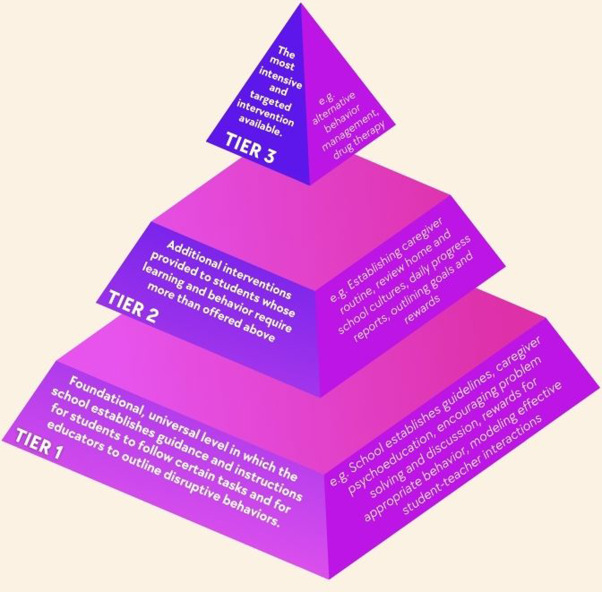This Viewpoint supports Sustainable Development Goal 3 by discussing the effects of the FDA's approval of aducanumab, a treatment for early-stage Alzheimer's disease, despite its limited clinical benefit, as well as the decision of the Centers for Medicare and Medicaid Services to restrict coverage to individuals enrolled in clinical trials. The authors note that these decisions have led to a confusing landscape for patients with Alzheimer's disease.
Cell type-specific transcriptional differences between brain tissues from donors with Alzheimer's disease (AD) and unaffected controls have been well documented, but few studies have rigorously interrogated the regulatory mechanisms responsible for these alterations. We performed single nucleus multiomics (snRNA-seq plus snATAC-seq) on 105,332 nuclei isolated from cortical tissues from 7 AD and 8 unaffected donors to identify candidate cis-regulatory elements (CREs) involved in AD-associated transcriptional changes.
Shaquita Bell, who is both Black and Indigenous, recently became the 33rd Native-identifying full professor of medicine in the USA. Bell's work questions the idea of race as a driver of health outcomes, and aims to improve understanding of race as a social rather than a biological construct.
This study seeks to describe the prevalence and sociodemographic characteristics of community-dwelling older adults experiencing difficulties with understanding others or being understand when communicating in their usual language.
This study shows the communicative practices that facilitate peer socialization processes in an oral classroom for deaf or hard-of-hearing preschoolers.
Elsevier,
Translational Surgery
Handbook for Designing and Conducting Clinical and Translational Research
2023, Pages 591-597
The extensive history of abuse and ongoing mistreatment of Black Americans continues to foster apprehension and distrust of healthcare providers. This has resulted in substantial barriers for modern healthcare to appropriately address the needs of Black patients. These concerns have been visibly manifested during the COVID-19 pandemic. This article supports WHO SDG 3 Good Health and Wellbeing and SDG10 Reduced Inequalities.
Elsevier,
The Thinking Healthcare System
Artificial Intelligence and Human Equity
2023, Pages 99-129
Highlights the 21st century's fundamental “global health” reformulation of PubHealth and anticolonial resistance (to a perceived cultural imperialism of the West including in PubHealth) supporting SDG 3.
In the context of applying machine learning to solve problems for risk prediction, disease detection, and treatment evaluation, EHR pose many challenges– they do not have a consistent, standardized format across institutions particularly in US, can contain human errors and introduce collection biases. In addition, some institutions or geographic regions do not have access to the technology or financial resources necessary to implement EHR, thus resulting in vulnerable and disadvantaged communities not being electronically visible.
A roadmap for health care leaders to execute intrinsic agency toward equity, supporting SDGs 3 and 10.
Over 43 million U.S. residents rely on private unregulated wells for their drinking water, raising public health concerns, particularly in regions like northern New England where widespread groundwater arsenic contamination is now recognized. Children are particularly vulnerable to adverse health effects from arsenic exposure.


